Fast Ebikes vs Regular Electric Bikes: What’s the Difference?
Did you know that over 1.5 million electric bikes were sold in the U.S. in 2022 alone? This surge in popularity has led to a variety of options, leaving many riders wondering: what sets fast ebikes apart from regular electric bikes? Understanding these differences is crucial, especially as technology advances and more models hit the market.
Table of Contents
This article dives into the key distinctions between fast ebikes and regular electric bikes, focusing on design, performance, and pricing. We’ll explore how factors like motor power, battery efficiency, and pedal-assist features impact your riding experience. Whether you’re a seasoned cyclist or a first-time buyer, this guide will help you make an informed decision tailored to your needs.
Lightweight eBikes for Every Need: Best Picks of 2025
Key Takeaways
- Design and build differences between fast ebikes and regular electric bikes
- Performance comparisons, including speed and motor capabilities
- How battery life and efficiency vary between models
- Price ranges and what influences the cost of each type
- Features to consider for your specific riding needs
Overview of the Electric Bike Landscape
Electric bicycles, or e-bikes, have revolutionized the way people travel, blending traditional cycling with modern technology. This evolution began over a century ago with basic bicycles and has since transformed into sophisticated vehicles with advanced motors and batteries.
Evolution of Bicycle Technology
Traditional bicycles relied solely on human power, but the integration of motors and batteries in the late 20th century marked a significant shift. Today, e-bikes feature digital control systems, allowing riders to adjust settings for a personalized experience.
Market Trends and Adoption in the United States
In recent years, the U.S. has seen a surge in e-bike popularity, with sales exceeding 1.5 million in 2022 alone. This growth is driven by their appeal as an eco-friendly and cost-effective commuting option. Brands like Aventon have innovated with features like throttle control and LCD displays, making e-bikes more accessible and user-friendly.
Best ebike Hitch Racks for Fat Tire: With Fenders Included
| Feature | Traditional Bikes | Modern E-Bikes |
|---|---|---|
| Motor Power | None | 250-750 watts |
| Battery Life | N/A | 20-100 miles per charge |
| Digital Systems | None | Advanced control systems |
This technological advancement and market adaptation have positioned e-bikes as a viable transportation option, catering to various terrains and lifestyles. Whether for commuting on urban roads or exploring off-road trails, e-bikes offer versatility and efficiency, making them a preferred choice for many riders.
Fast Ebikes vs Regular Electric Bikes: What Sets Them Apart?
When exploring the world of electric bicycles, understanding the distinctions between fast ebikes and regular e-bikes is essential. These differences lie in their core components, which directly impact performance and rider experience.
Motor power is a key differentiator. Fast ebikes often feature higher wattage motors, enabling greater speed and acceleration. In contrast, regular e-bikes prioritize efficiency with lower motor power, making them suitable for casual rides.
Battery type also plays a crucial role. Fast ebikes typically use advanced lithium-ion batteries for longer range and faster charging, while regular e-bikes may use lithium-polymer batteries, balancing cost and performance.
Additional features like pedal-assist systems and throttle functionality enhance the riding experience. Fast ebikes often include multiple assist levels and gears, allowing riders to customize their journey. This adaptability makes them ideal for varied terrains and riding styles.
Design elements and user interfaces further set these bikes apart. Fast ebikes boast sleek, aerodynamic frames and intuitive controls, offering a more dynamic feel. Regular e-bikes focus on comfort and practicality, appealing to commuters and leisure riders.
In summary, the choice between a fast ebike and a regular e-bike depends on your needs. If speed and performance are priorities, fast ebikes offer the edge. For everyday commuting and casual use, regular e-bikes provide reliable, efficient transportation.
Speed, Performance, and Motor Power
Understanding the performance capabilities of electric bikes is crucial for making an informed decision. Fast ebikes and regular e-bikes differ significantly in terms of speed, motor power, and battery efficiency.
Comparative Speed Analysis
Fast ebikes are designed for speed enthusiasts, with top speeds reaching up to 28 mph. Regular e-bikes typically cap at 20 mph, making them ideal for casual rides and commuting. The higher speed of fast ebikes makes them suitable for riders who need to cover longer distances in less time.
Battery Efficiency and Motor Capabilities
The motor power of fast ebikes ranges from 500W to 1000W, compared to regular e-bikes, which usually have motors between 250W and 500W. This increased power translates to better acceleration and hill-climbing ability. Battery efficiency also plays a role, with fast ebikes often featuring advanced lithium-ion batteries for longer range and faster charging.
| Feature | Fast Ebikes | Regular E-Bikes |
|---|---|---|
| Motor Power | 500W – 1000W | 250W – 500W |
| Top Speed | Up to 28 mph | Up to 20 mph |
| Battery Range | 40 – 60 miles | 20 – 40 miles |
The combination of powerful motors and efficient batteries in fast ebikes allows riders to tackle challenging terrains with ease. However, regular e-bikes offer a balance of performance and affordability, making them a practical choice for everyday use.
Design, Build, and Riding Experience
Electric bikes, whether fast or regular, share many design elements with traditional bicycles, ensuring a familiar yet enhanced riding experience.
Ergonomics and Mechanical Similarities
Both fast and regular electric bikes feature frames and braking systems similar to conventional bicycles, offering riders a sense of continuity. The ergonomic designs focus on comfort, with adjustable handlebars and seats to fit various rider preferences. These similarities make e-bikes feel like a natural extension of traditional cycling.
Pedal Assist, Throttle, and User Interface
Modern e-bikes offer customizable riding experiences through pedal-assist and throttle features. Riders can choose the level of assistance needed, optimizing their effort based on terrain or speed requirements. Intuitive LCD displays provide real-time data, allowing for seamless control over settings like speed and battery level.
| Feature | Fast Ebikes | Regular E-Bikes |
|---|---|---|
| Frame Design | Aerodynamic, lightweight | Durable, versatile |
| Braking System | Hydraulic disc brakes | Mechanical disc or rim brakes |
| Assist Features | Multiple pedal assist levels | Basic pedal assist |
While fast ebikes and regular e-bikes share many design similarities, their differences in power and interface options cater to distinct riding preferences, ensuring each type meets specific needs effectively.
Safety, Regulations, and Legal Considerations
Understanding the legal landscape is crucial for a safe and enjoyable riding experience. E-bikes are subject to various regulations that vary by location, affecting how and where you can ride.
Overview of Local and State Regulations
Regulations for e-bikes differ across the U.S., with states and cities often having their own rules. These regulations typically classify e-bikes into categories based on their features, such as speed and motor power. For instance, Class I e-bikes are pedal-assist only, while Class III can reach higher speeds, requiring helmets and specific licenses in some areas.
| Class | Speed | Features |
|---|---|---|
| Class I | Up to 20 mph | Pedal-assist only, no throttle |
| Class II | Up to 20 mph | Pedal-assist and throttle |
| Class III | Up to 28 mph | Pedal-assist only, speed pedal-assist |
Guidelines and Best Practices for Riders
Always wear a helmet and follow traffic laws. Stay aware of your surroundings, especially in urban areas where speed limits may apply. Adhere to local regulations to avoid legal issues and ensure a safe experience for yourself and others.
By understanding and following these guidelines, you can enjoy a safe and compliant journey on your e-bike, whether commuting or exploring new trails.
Versatility: Terrain, Commuting, and Lifestyle Applications
Electric bikes are incredibly versatile, adapting to various terrains and lifestyles. Whether you’re navigating urban roads or exploring off-road trails, these bikes offer a seamless experience.

For urban commuting, e-bikes provide a cost-effective and efficient alternative to cars. They allow you to bypass traffic, reducing travel time and physical strain. On average, riders can reach speeds of 15-20 mph in urban settings, making them ideal for daily commutes.
Urban Riding vs. Off-Road Adventures
Fast ebikes excel on hilly or rugged terrain due to their powerful motors and advanced designs. They offer higher speeds and better acceleration, making them suitable for challenging landscapes. Regular e-bikes, while efficient, are better suited for casual rides and urban environments.
Lifestyle applications vary widely. In busy cities, e-bikes provide a practical and eco-friendly transportation option. In nature, they allow riders to explore trails with ease. Understanding local regulations is crucial, as speed limits on mixed-use paths can vary.
Cost, Maintenance, and Long-Term Benefits
When considering the long-term investment in an electric bike, it’s important to evaluate both the initial cost and ongoing maintenance expenses. While fast ebikes and regular e-bikes share many components, their differences in motor power and design can affect maintenance needs and long-term costs.
Repair and Service Insights
Many components of electric bikes, such as wheels and brakes, are similar to those found on traditional bicycles. This means routine maintenance, like brake pad replacements and tire changes, can often be done by local bike shops or even by the rider themselves. However, specialized services are typically required for motorized components like the battery and motor.
| Feature | Fast Ebikes | Regular E-Bikes |
|---|---|---|
| Initial Purchase Cost | $1,500 – $3,000 | $800 – $2,000 |
| Battery Replacement Cost | $300 – $600 | $200 – $400 |
| Annual Maintenance Cost | $100 – $200 | $80 – $150 |
Over time, the cost benefits of electric bikes become clear. With lower repair costs compared to motorcycles and the potential savings on fuel and parking, e-bikes offer a financially attractive option for commuters. Battery replacement, while a significant expense, can be planned for, with fast ebike batteries often lasting 500-1,000 miles before needing replacement.
Routine maintenance is crucial for ensuring long-term performance and safety. Regular checks of the battery, brakes, and tires can prevent unexpected issues and extend the lifespan of your bike. When selecting a service plan, consider your riding lifestyle—how often you ride, the terrain, and the distance you typically cover.
In summary, while the initial investment in an electric bike may seem high, the long-term benefits and lower maintenance costs make it a practical choice for many riders. By understanding your specific needs and usage patterns, you can select a service plan that keeps your bike running smoothly for years to come.
FAQ
What is the main difference between fast e-bikes and regular electric bikes?
How does the battery performance differ between fast e-bikes and regular e-bikes?
Are fast e-bikes suitable for all types of terrain?
Do I need a license to ride a fast e-bike?
How much faster can a fast e-bike go compared to a regular e-bike?
Are fast e-bikes more expensive than regular e-bikes?
Can I use a fast e-bike for long-distance commuting?
Do fast e-bikes require more maintenance than regular e-bikes?
Are fast e-bikes better for hill climbing?
Can I customize my fast e-bike for better performance?
Conclusion: Fast Ebikes vs Regular Electric Bikes
In conclusion, choosing between a fast ebike and a regular electric bike depends on your specific needs and preferences. Fast ebikes excel in speed and power, making them ideal for challenging terrains and long-distance rides. They often feature higher motor power and advanced battery technology, allowing for top speeds of up to 28 mph. On the other hand, regular electric bikes prioritize efficiency and comfort, with lower motor power and a focus on casual commuting.
Design and safety features also play a crucial role. Fast ebikes typically include aerodynamic frames and multiple pedal-assist levels, while regular electric bikes focus on comfort and practicality. Legal considerations, such as speed regulations and class distinctions, are essential to ensure compliance and safety.
Cost and maintenance should also be evaluated. While fast ebikes may have higher initial and maintenance costs, they offer superior performance. Regular electric bikes are more affordable and require less specialized maintenance. Understanding these factors will help you make an informed decision.
Ultimately, consider your riding style, terrain, and budget. Whether you prioritize speed or practicality, there’s an electric bike designed for you. Take the time to research and consult with specialists to find the perfect fit for your needs.

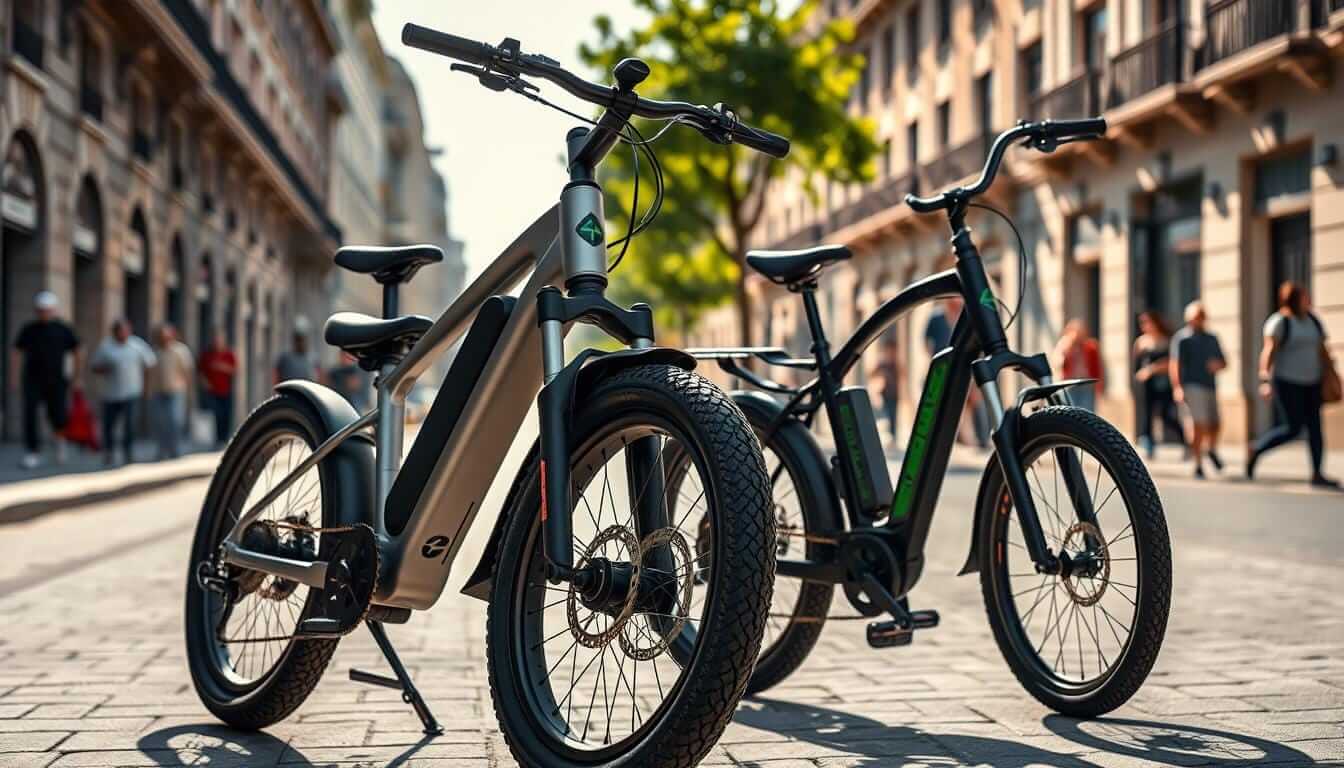
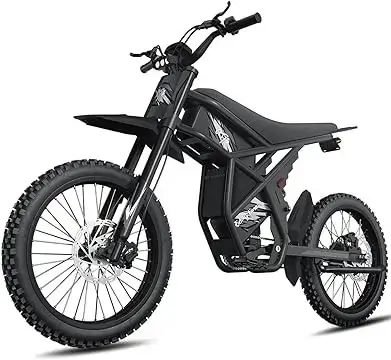
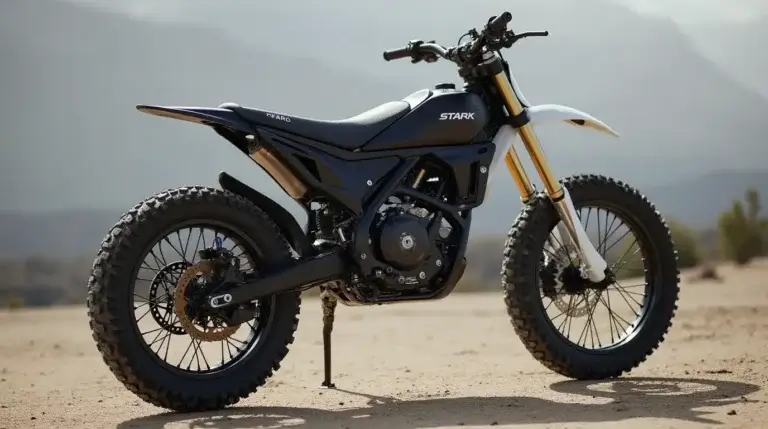
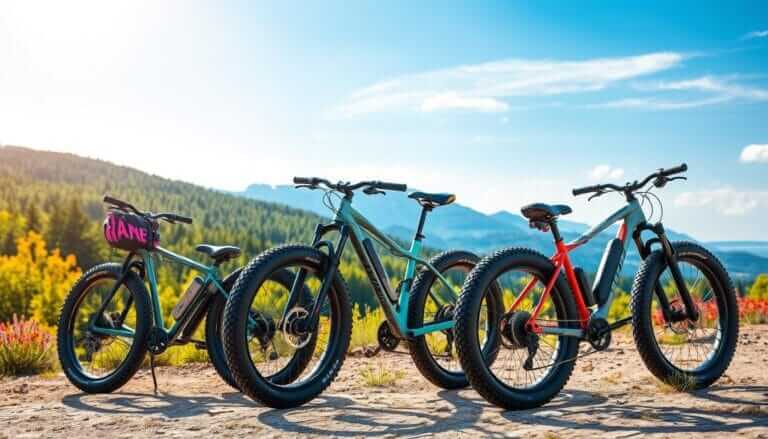
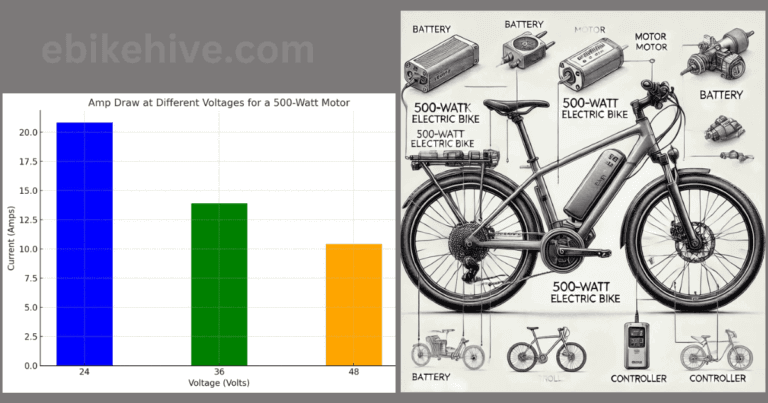

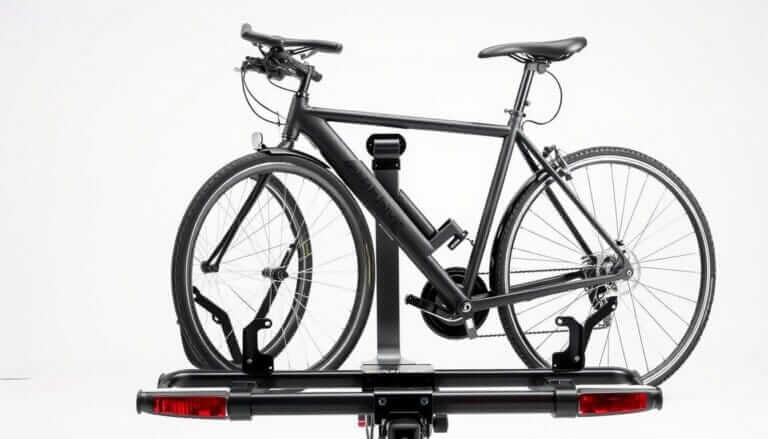
2 Comments
Comments are closed.